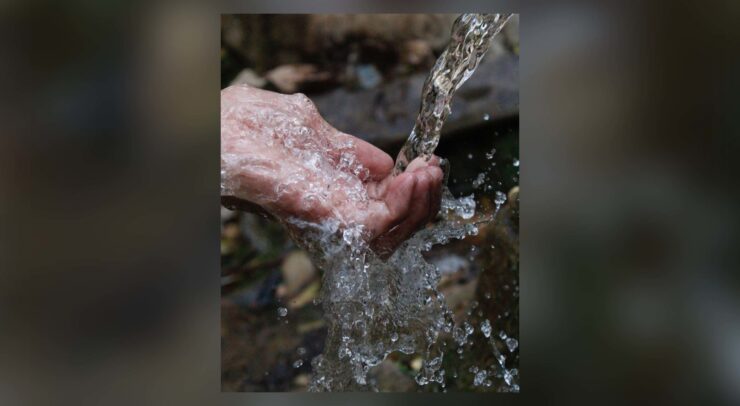We took a look at the pore wetting phenomenon and how U of O PhD candidate Hooman Chamani plans to mitigate it
University of Ottawa PhD candidate Hooman Chamani, alongside professors Christopher Lan and Takeshi Matsuura in the department of chemical and biological engineering, recently published their work Pore wetting in membrane distillation: A comprehensive review. Their research aims to commercialize membrane distillation (MD) and work towards access to clean drinking water for everyone. MD is a thermally driven process where only vapor molecules transfer through a hydrophobic (water repellent), microporous membrane
In the paper, Chamani illustrates that the current membrane desalination technology, reverse osmosis, is incapable of desalinating highly saline (or salty, in layman’s terms) brines due to the very high osmotic pressure required.
Membrane distillation, on the other hand, is an alternative to reverse osmosis, which has attracted attention for desalinating highly saline brines.
In an interview, Chamani explained that “although MD process offers a number of potential advantages, including low operating hydraulic pressure, nearly 99.9 per cent rejection of nonvolatile solutes, low sensitivity to salt concentration, low footprint requirement as well as performance independent of high osmotic pressure, there are several obstacles that prevent MD from being fully commercialized. One of the most significant obstacles is pore wetting.”
Chamani added, that “pore wetting refers to the presence of liquid instead of vapor, inside the membrane pore.”
According to the United Nations Department of Economic and Social Affairs, half of the world’s population will be living in water-stressed areas by 2030. Chamani added, “with a large percentage of the Earth’s hydrosphere consisting of saline water—more than 97 per cent—there is significant potential in obtaining fresh water from saline water by removing its salts and minerals via the process of desalination. Desalination can help achieve the sixth goal of the United Nations on ensuring availability and sustainable management of water and sanitation for all.”
Chamani’s research has aimed to tackle this pore wetting phenomenon, which has previously been poorly understood, to provide a better insight into it and consequently mitigate the MD pore wetting and help MD become commercialized.
Chamani was born and raised in Khorasan, a semi-arid area in the east of Iran with severe water problems. “I was introduced to the concept of water and wastewater treatment from an early age, and seeing irrigation problems for farmers in my city drove me to work in this field”
He received his MASc and BASc in chemical engineering with honors from Sharif University of Technology, and Ferdowsi University of Mashhad, respectively.
“I was involved in the field of environmental engineering during my BASc project on ‘membrane preparation and filtration of wastewater’ and later on, MASc thesis on ‘synthesis of nanoadsorbent and dye adsorption from wastewater,’” said Chamani.
To pursue his research as a PhD student, he joined the joint research group of professors Christopher Lan and Takeshi Matsuura at the University of Ottawa, where their focus has been mainly placed on the desalination of seawater and brine.
With a goal to work towards ending water scarcity, Chamani said. “I hope to one day live in a world where no one has to suffer from water shortages.”





